Welcome to the illuminating world of RGB LED strip lights, where versatility meets vibrancy in every rainbow color. These lights not only enhance the aesthetic appeal of any space but also offer the practicality of customizable lighting solutions. However, like all sophisticated technology, they come with challenges. From flickering lights to uneven color distribution, the issues can be as varied as the colors they display. But don’t fret—solutions are within reach, and understanding these common problems is the first step toward seamless illumination.
Proper installation is crucial to the performance and longevity of RGB LED strip lights. A well-planned setup prevents technical glitches and maximizes the lighting effects, enhancing everything from under-cabinet kitchen spaces to dynamic living room accents. As we explore these vibrant solutions, our guide is tailored for DIY enthusiasts and professional installers looking to refine their craft with advanced troubleshooting techniques.
So, are you ready to turn the lights on? Let’s dive right in and uncover the secrets to mastering the art of RGB LED strip lighting, ensuring every color shines perfectly and every connection stays secure. Join us as we illuminate the path to flawless LED installations and brilliant lighting solutions.
Understanding RGB LED Strip Lights
Technology Behind RGB LED Strip Lighting
RGB LED strip lights harness the power of tiny light-emitting diodes (LEDs) positioned along a flexible circuit board to deliver vibrant and dynamic lighting solutions. Each diode in an RGB strip can emit red, green, or blue light. By adjusting the intensity of each color, these strips can produce a spectrum of hues and shades, resulting in an array of colors to enhance any setting.
The flexibility of RGB LED strips is not just physical but also functional. They can be cut at designated points, typically every few centimeters, allowing for length customization according to specific project requirements. Furthermore, soldering techniques or pin connectors that bridge gaps between separate strips can be extended to reach desired lengths. This adaptability makes RGB LED strip lights ideal for various applications, from mood lighting in homes to intricate display setups in commercial spaces.
Installation Essentials
The installation process of RGB LED strip lights is crucial for achieving aesthetic appeal and operational efficiency. The first step involves careful planning of the layout. This includes determining the total length needed, planning the strip’s route, and identifying power sources. Ensuring that the power supply is compatible with the LED strip’s voltage and current requirements is vital to prevent issues such as voltage drops, which can lead to dimming and reduce the lifespan of the LEDs.
Securing the strips properly is another critical aspect. While many LED strips come with an adhesive backing for easy application, this may only suffice in some scenarios, especially in areas prone to heat or moisture, which can weaken adhesive bonds. In such cases, additional mounting clips or specialized adhesives are recommended to ensure the strips remain firmly in place. Proper installation helps prevent mechanical stress leading to broken circuits and uneven lighting, ensuring that the LED strip operates smoothly and reliably.
Identifying Common Issues
Power Supply Problems
One of the most frequent issues when using RGB LED strip lights stems from inadequate power supplies. An underpowered supply can result in dimming, noticeable flickering, and even premature failure of the LEDs. The power source must adhere strictly to your LED strip’s voltage and current requirements. This matching is essential for maintaining the brightness and color accuracy of your LEDs and ensuring their longevity.
A common mistake is using a power supply that cannot handle the cumulative load of an extended strip setup. It is advisable to calculate the total wattage required for long installations and ensure that the power supply can deliver a slightly higher output to accommodate the entire length without voltage drops. Utilizing a power supply with adequate amperage is vital to prevent voltage drops along the strip, which can manifest as uneven lighting or reduced effectiveness at the end of the strip line.
Connectivity Issues
Connectivity issues in RGB LED strip lighting can manifest as intermittent flickering, complete unresponsiveness, or erratic color changes, often due to loose connections or faulty controllers. Ensuring that all connections are tight and secure is a fundamental step in maintaining the functionality of your LED setup. This includes checking all soldering points, connectors, and wiring to ensure they are intact and properly insulated.
Controllers, particularly those that manage color changes and dimming, are susceptible to failure if not correctly installed or subjected to electrical surges. Regular checks for software updates for your controllers can also prevent connectivity issues, especially in smart LED setups that rely on wireless signals. Reinforcing connections with quality connectors and ensuring the controller is compatible with your strip lights’ specifications will enhance your installation’s reliability and performance.
Color and Brightness Challenges
Non-uniform color distribution, unexpected dimming, and patchy brightness are common issues that can detract from RGB LED strip lights’ visual appeal and effectiveness. These problems often result from inconsistencies in power supply, improper alignment of the strips, or degradation of the LEDs. To combat these issues, ensure that your LED strips are evenly powered and that there is no significant voltage drop along the length of the strip. This may involve using higher gauge wires or adding additional power injection points along the strip.
Proper alignment and secure mounting of the LED strips can also prevent shadows and aid in uniform color distribution. It is important to mount the strips on a flat, clean surface to avoid bending or twisting, which can lead to uneven lighting. Additionally, diffusers can help smooth out the light output, blending the colors evenly and softening intense spots for a more consistent brightness across the entire strip length.
Mechanical Failures
Adhesive Failures
Adhesive failure is a common yet frustrating issue many encounter with LED strip lights. Typically, the adhesive on the back of these strips begins to weaken over time due to temperature fluctuations, surface texture, and environmental humidity. When the adhesive fails, strips may peel away from their mounted surfaces, leading to potential damage and uneven lighting.
To counteract this problem, consider supplementing the existing adhesive with more robust solutions. Mounting clips are an excellent alternative, providing secure and stable placement of LED strips without relying solely on adhesive quality. These clips ensure that the LED strips remain in place even if the adhesive deteriorates. Additionally, for a more permanent fix, a high-quality, double-sided mounting tape specifically designed for lighting installations can provide a stronger bond than the standard adhesive backing on many LED strips.
It might also be wise to use silicone sealant along the edges of the strips for installations in environments with high humidity or temperature variations, such as kitchens or bathrooms. This method not only reinforces the hold but also offers additional protection against moisture and dust, prolonging the life of the LED strips.
Physical Damage Concerns
While versatile and aesthetically pleasing, LED strip lights are susceptible to physical damage if not correctly installed or protected. Typical damage includes being crushed by heavy objects, accidentally cut during installation, or stepped on if placed on floor areas. Such damage not only affects the appearance but can also impact the functionality of the LED strips, causing certain sections to dim or fail.
Strategic placement is key to safeguarding your LED strips. Avoid installing strips in high-traffic areas where they might be stepped on or where furniture and other objects could crush or bend them. Consider routing strips behind furniture, along baseboards, or within recessed rooms where they are less exposed to physical interaction.
In addition, using protective channels or covers can provide a physical barrier between the LED strips and potential hazards. These channels protect the lights from physical damage and enhance the aesthetic integration of the lights into the decor by providing a cleaner, more streamlined appearance. Moreover, these protective housings can help diffuse the light more evenly, enhancing the overall lighting effect and reducing glare.
Technical Solutions and Upgrades
Troubleshooting Electrical Issues
Electrical issues in LED strip lighting systems are often rooted in faulty wiring or mismatches between the power supply and the LED requirements. Such problems can manifest as flickering lights, premature burnout, or inconsistent brightness. The first step in troubleshooting these issues is to examine all wiring connections for signs of damage or wear. Look for frayed wires, loose connections, or corroded terminals, which can impede the flow of electricity and lead to poor lighting performance.
Replacing damaged wires is a crucial corrective action. Use only high-quality, gauge-appropriate wires to ensure they can handle the required current without overheating or breaking. Additionally, ensure that all connections are tight and secure to prevent voltage drops that can cause flickering.
Another common issue is the use of an incompatible power supply. It’s vital to check that your power source provides the correct voltage and adequate current for your LED strips. Using a power supply with a higher voltage than recommended can lead to overheating and damage. A lower voltage can result in dim lighting and reduced functionality. If necessary, upgrade to a power supply that matches the exact specifications of your LED strips, considering both voltage and maximum current capacity.
Optimizing Connectivity and Control
Enhancing the connectivity and control of your LED strip lights can significantly improve their performance and reliability. Start by upgrading to high-quality connectors that ensure a secure and stable connection. Poor-quality connectors often lead to intermittent contact and can contribute to issues like flickering or partial lighting. High-quality connectors also reduce the risk of electrical shorts and make the installation more professional and durable.
Upgrading the controllers for your LED strips can also have a significant impact. Modern controllers offer better compatibility and more features, such as dimming capabilities, color changing, and integration with smart home systems. These advanced controllers allow for more precise control over the lighting effects. They can be adjusted remotely, providing both convenience and enhanced functionality.
Consider implementing a central control system that can manage all strips simultaneously for setups where multiple LED strips are used. This simplifies the control process and ensures uniformity in lighting effects across different sections.
Waterproofing Solutions
Waterproofing is essential for LED strips installed in moisture-prone areas such as bathrooms, kitchens, or outdoor settings. Moisture can cause short circuits, corrosion, and other damage that might impair the functionality of the LED strips. To protect against water damage, consider applying a waterproof coating directly to the strips. Various waterproofing sealants can be brushed or sprayed on to create a protective layer over the LEDs and their circuitry.
Alternatively, encasing the LED strips in silicone sleeves is an effective waterproofing method. Silicone sleeves provide a robust barrier against water and help diffuse the light, reducing glare and creating a softer, more even light distribution. Ensure the silicone casing is properly sealed at both ends to prevent water ingress.
For LED strips that require frequent exposure to water, such as in pools or outdoor fountains, look for strips rated IP67 or higher. These strips are designed to be fully submerged and offer superior water and dust resistance, ensuring long-term durability and performance even in challenging environments.
Advanced Troubleshooting Techniques
Component Upgrades
When enhancing the performance and longevity of your RGB LED strip lights, one effective strategy is to upgrade key components such as LED drivers and controllers. Upgrading these elements can lead to more efficient energy consumption, improved brightness stability, and extended lifespan of the lights.
LED Drivers: The driver is crucial as it regulates the power reaching the LEDs, ensuring that the current is steady and appropriate for their needs. A high-quality driver minimizes the risk of voltage fluctuations, which can cause flickering or even premature failure of the LED strips. Opting for drivers with better heat dissipation capabilities and fail-safes can significantly boost the overall reliability of your lighting system.
Controllers: Upgrading to advanced controllers offers enhanced control over the lighting effects, such as color changing, dimming, and scheduling. Modern controllers are often equipped with smart technology that integrates with home automation systems, enabling users to manage their lighting setups through smartphone apps or voice-activated devices. This integration provides convenience and increases the flexibility of lighting design, allowing for adjustments based on time of day, occasion, or mood.
Additionally, consider upgrading to components specifically designed to handle the rigors of your installation environment—whether it’s a humid bathroom, a sun-exposed patio, or a high-traffic kitchen area. Components tailored for these conditions can withstand environmental stress better, preventing common issues like corrosion or heat damage.
Professional Installation and Maintenance
While the DIY approach is appealing for its cost-effectiveness and satisfaction, professional RGB LED strip light installation can offer precision and durability that is hard to achieve independently. Professional installers can ensure all components are correctly aligned, securely attached, and optimally configured for your space. This expertise helps avoid issues such as uneven lighting, exposed wiring, or inefficient power use that might not be evident immediately but can cause problems over time.
Professional Installation: Experts in LED installation can advise on the best types of strips and accessories for your needs, help with complex layouts, and ensure that all electrical standards are met. This is particularly important in environments where safety is paramount, such as in areas accessible to children or in wet locations where improper installation could lead to electrical hazards.
Regular Professional Maintenance: Regular checks and maintenance by a professional can help detect and resolve potential issues before they escalate. This includes testing voltage levels, inspecting for physical damage, ensuring all connections are tight, and updating firmware on smart controllers. Regular maintenance extends the lifespan of your LED strips and ensures they continue to perform at their best.
Investing in professional installation and scheduled maintenance can save money in the long run by reducing the need for frequent replacements and repairs. It also ensures that your LED lighting system remains a safe, beautiful, and functional part of your home or business decor.
Preventive Measures and Maintenance Tips
Routine Maintenance Practices
To guarantee the longevity and efficiency of your RGB LED strip lights, it’s essential to adopt routine maintenance practices. Regular maintenance not only ensures optimal performance but also prevents the premature degradation of your LED strips. Here are some maintenance practices you should routinely perform:
Inspecting for Dust and Debris: Dust accumulation can obscure the LEDs and diminish their brightness. It can also contribute to overheating by insulating heat around the components. Use a soft, dry cloth to gently wipe down the surface of the LED strips, removing any dust or debris that has settled.
Checking for Corrosion: In environments with high humidity or exposure to moisture, connectors and metallic parts of the LED strip setup can begin to rust. This corrosion can disrupt the electrical conductivity, leading to intermittent or complete loss of functionality. Inspect all connectors and exposed metallic parts periodically, clean them with a suitable anti-corrosion agent, or replace them if necessary.
Securing Connections: Due to thermal expansion and contraction or vibrations in the environment, connectors may become loose over time. Ensure that all connections are tight and secure. Resell loose connections or replace faulty connectors to maintain uninterrupted performance if necessary.
Updating Software: For LED systems that use controllers with software interfaces, ensure that the software is up to date. Manufacturers often release firmware updates that enhance functionality or address bugs and security issues.
Implementing these routine maintenance practices can significantly extend the life of your LED lighting system and prevent common problems that might otherwise lead to costly repairs or replacements.
Best Practices for Optimal Performance
Adhering to best practices is crucial to maximize the performance and lifespan of your RGB LED strip lights. Here are some tips to ensure your LED lighting remains in top condition:
Avoid Coiling Live Strips: Never leave LED strips coiled up while they are turned on. Coiling can trap heat around the strip, significantly increasing the temperature and potentially leading to overheating and damage. Always install LED strips in a manner that allows for adequate heat dissipation.
Monitor Ambient Conditions: The environment in which LED strips are used can greatly affect their performance. High ambient temperatures can reduce the lifespan and efficiency of LEDs. If possible, install LED strips in areas away from direct heat sources and consider adding heat sinks or ventilation if the ambient temperature is high.
Choose Suitable Surfaces: The material to which LED strips are attached can affect their thermal management. Mounting strips on metal surfaces can help with heat dissipation, whereas mounting on wood or other insulative materials might increase the risk of overheating. Ensure the surface is clean and dry before installation to ensure the adhesive bonds well.
Regular Testing: Periodically test your LED strips’ brightness and color output to check for any dimming or color shift signs, which could indicate underlying issues with the power supply or the LEDs themselves.
자주 묻는 질문
Why do my RGB LED strip lights flicker intermittently?
Intermittent flickering in RGB LED strip lights is often caused by power supply fluctuations or dimmer compatibility issues. Ensure that your power supply is stable and that any dimmers are designed explicitly for LED use. Checking and securing all connections can also help eliminate flickering issues.
How can I prevent my LED strip lights from overheating?
To prevent overheating, ensure your LED strip lights are installed in a well-ventilated area. Avoid enclosing them in tight spaces, and consider mounting them on aluminum tracks that can help dissipate heat. Also, avoid coiling the lights when used, as this can trap heat and raise temperatures.
What should I do if my RGB LED strip lights show incorrect colors?
Incorrect color output may be due to incorrect installation or a malfunctioning controller. First, check that all connections are correct and secure. If the issue persists, reset your LED strip controller to factory settings or replace it if defective. Ensuring the correct color profile is selected in the controller settings can also help.
How do I fix sections of my LED strip that won’t light up?
Sections that won’t light up could indicate a cut or damaged strip section. First, check for any visible signs of damage and replace the affected segment if necessary. If there’s no physical damage, test the voltage across different strip parts with a multimeter to identify electrical failures.
Can I cut my RGB LED strip lights to fit specific areas?
Yes, RGB LED strip lights are designed to be cut at marked intervals, usually found every 5 or 10 centimeters, depending on the model. Ensure you cut at these designated points to prevent damaging the circuitry. Always use a sharp pair of scissors for a clean cut.
Why are my LED strip lights dimmer at one end?
Dimming towards the end of an LED strip, often known as voltage drop, occurs when the strip is too long for the power supply’s capacity. Consider using a higher voltage power supply or installing additional power injection points along the strip to maintain consistent brightness.
How often should I perform maintenance on my RGB LED strip lights?
Routine maintenance, including cleaning dust off the strips, checking for loose connections, and ensuring the power supply is functioning correctly, should be performed every few months. More frequent checks may be necessary in high dust or moisture levels.
What are the best practices for installing RGB LED strip lights outdoors?
When installing RGB LED strip lights outdoors, use strips rated for outdoor use with adequate waterproofing (IP65 or higher). Ensure all connections and power supplies are enclosed in weatherproof housings. Additionally, mounting the strips in locations protected from direct sunlight can extend their lifespan.
Can RGB LED strip lights be repaired if they start malfunctioning?
Many issues with RGB LED strip lights can be repaired. This might involve replacing faulty strip segments, resoldering loose connections, or replacing malfunctioning controllers and power supplies. For complex issues, consulting with a professional may be advisable to ensure the longevity and functionality of your lighting setup.
결론
Addressing common RGB LED strip light problems efficiently enhances their functionality and lifespan. Users can enjoy continuous, vibrant, and efficient lighting by applying the solutions and maintenance tips outlined. Embrace these strategies to ensure your lighting setup remains bright and dependable.
Troubleshooting and maintaining your RGB LED strip lights is crucial to ensure their longevity and optimal performance. If you’re seeking high-quality, durable LED lighting solutions, look no further than 유니탑, one of China’s leading LED 스트립 조명 그리고 LED 네온 플렉스 manufacturers. Renowned for our cutting-edge technology and rigorous quality standards, Unitop is committed to providing superior products that meet the diverse needs of our global clientele. Please get in touch with us immediately if you have any further questions or specific requirements. Trust Unitop to illuminate your space with efficiency and style, backed by unmatched expertise in the LED industry.

Tom은 현재 다음의 영업 관리자입니다. 유니탑(중국) 유한공사. 그는 LED 조명 업계에서 2005년부터 근무하고 있습니다. 그는 영업 및 마케팅, 공장 관리 분야의 전문가입니다. 보디빌딩을 좋아하고 애플의 열렬한 팬이기도 합니다! 그는 열심히 일하는 사람이며 새로운 것을 배우고 시도하는 것을 좋아합니다.
이메일: tom@unitopledstrip.com WhatsApp: +86-18680307140

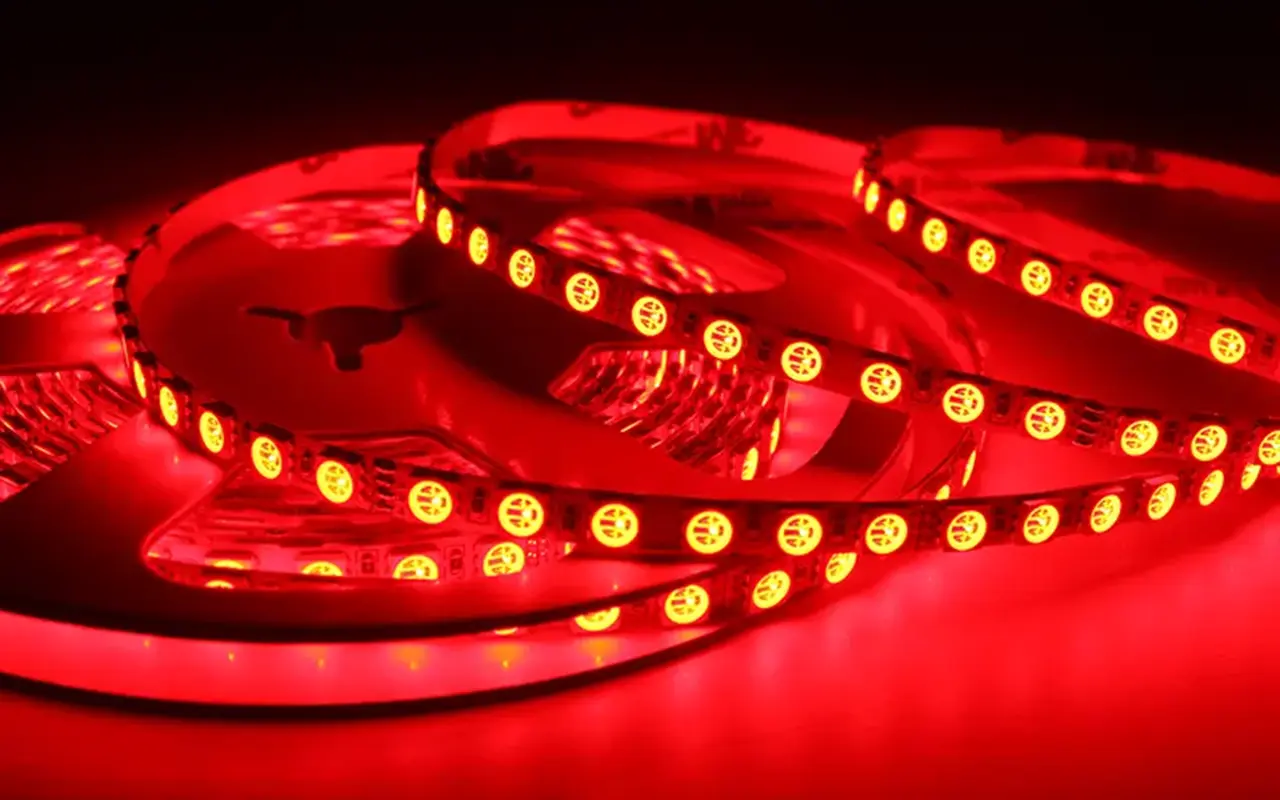
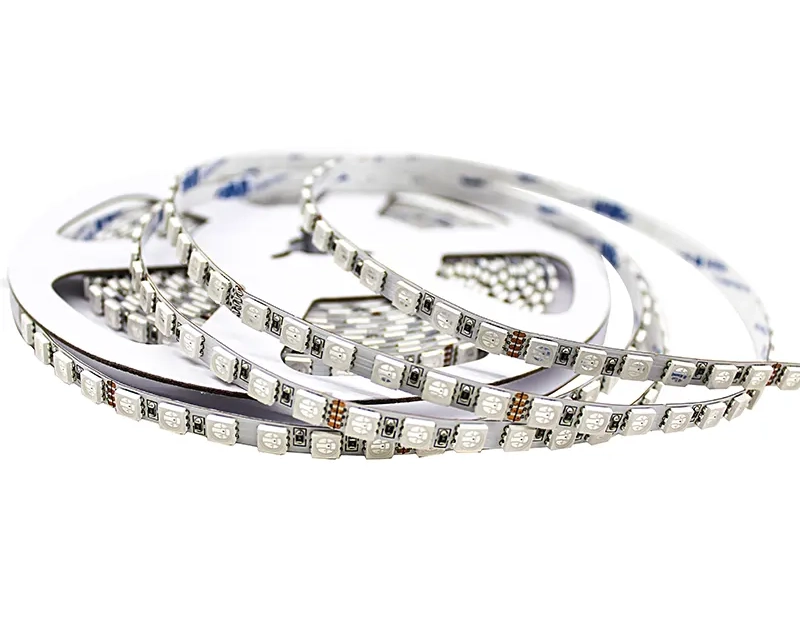
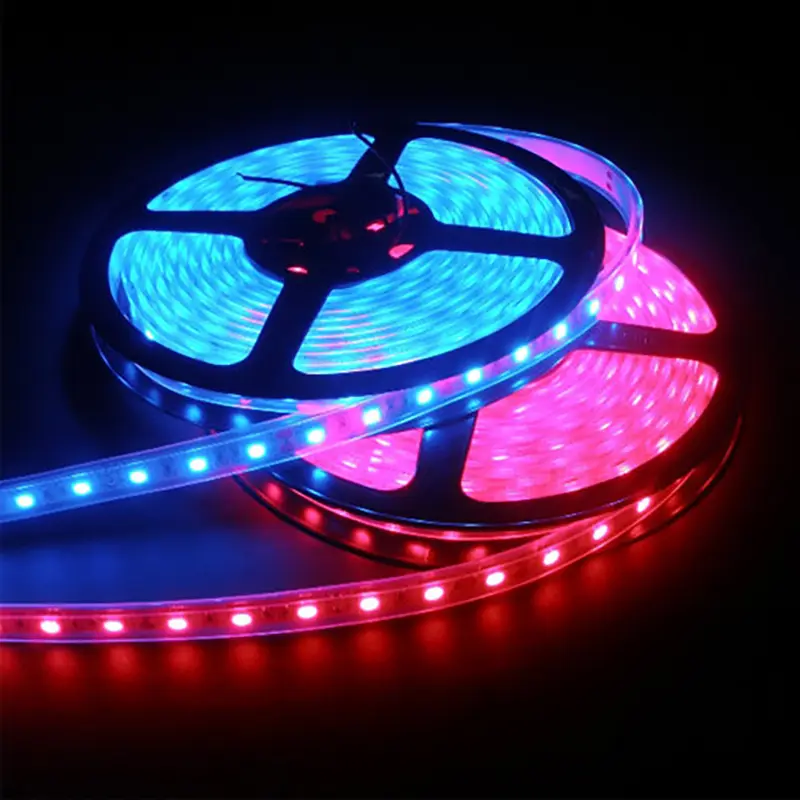
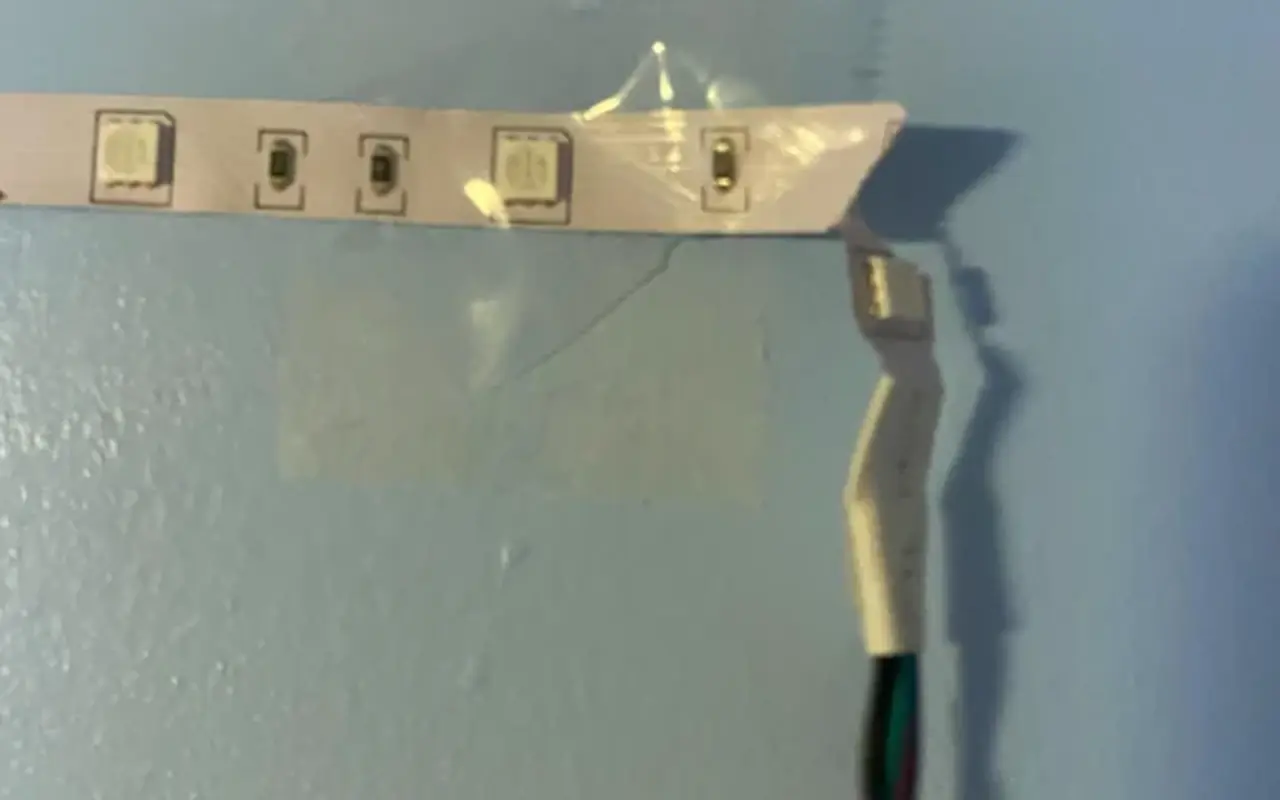
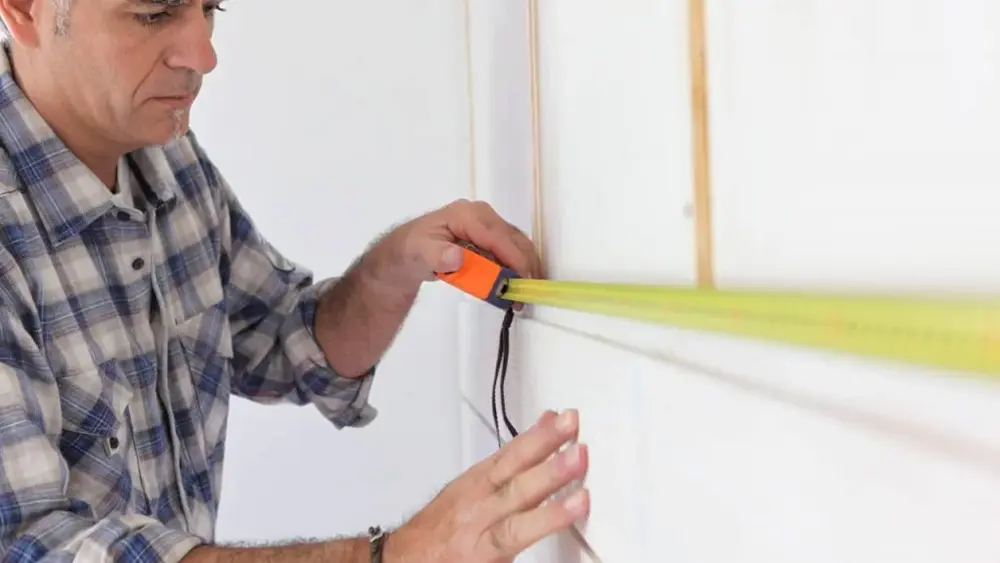

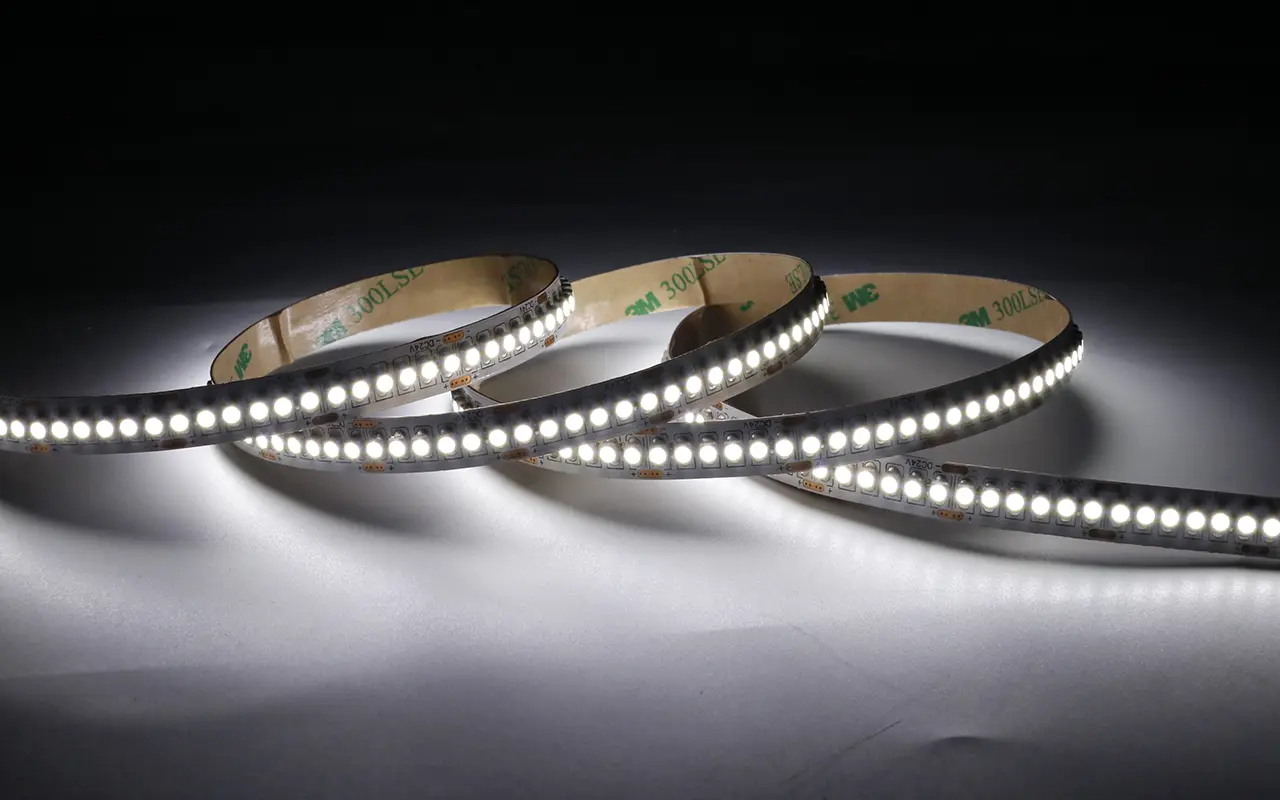
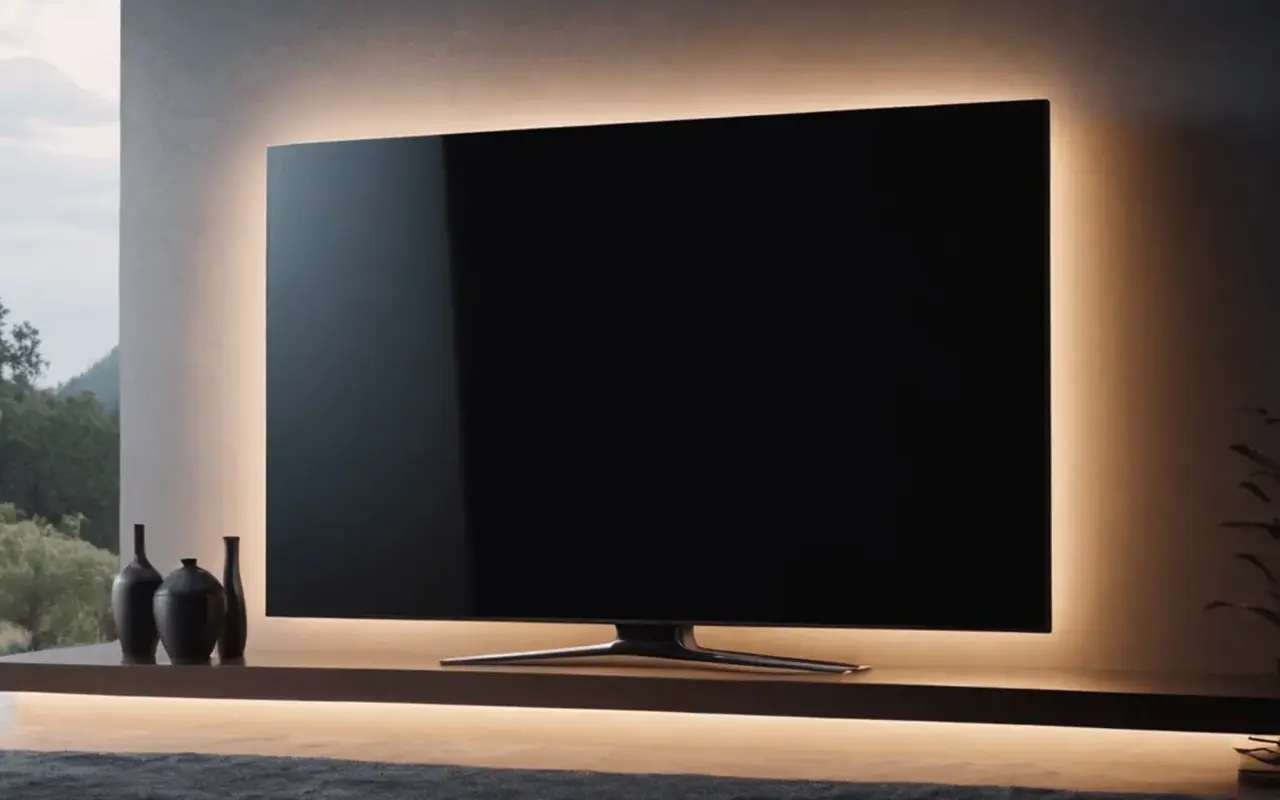
댓글을 남겨주세요
토론에 참여하고 싶으신가요?자유롭게 기여해 주세요!